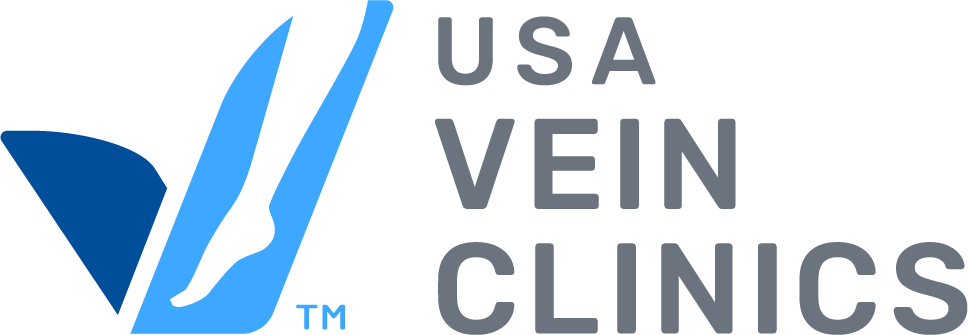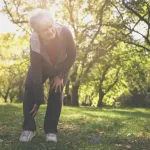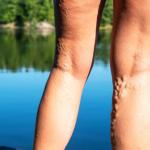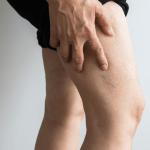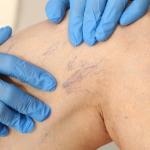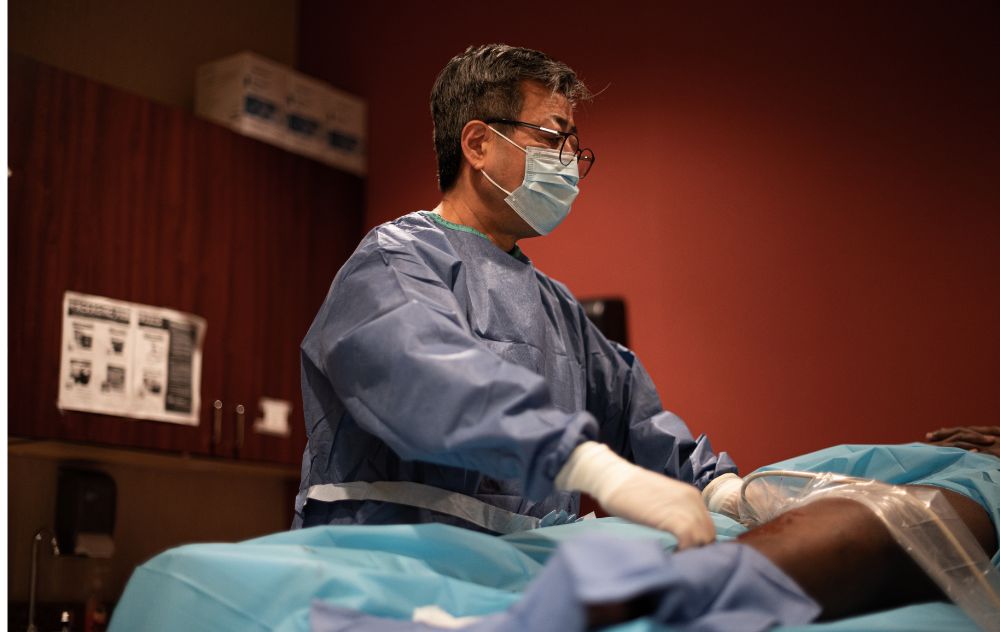
A Comprehensive Guide to Vein Treatments: From Spider Veins to Varicose Veins
Vein issues, whether minor spider veins or more pronounced varicose veins, can be both a cosmetic concern and a health issue. Fortunately, numerous treatment options are available, catering to different types and severities of vein problems. This guide explores the various treatments, helping you make informed decisions about managing and improving vein health.
Understanding Vein Problems
Before diving into treatments, it’s essential to understand the common types of vein problems:
- Spider Veins (Telangiectasias): These small, thin veins appear close to the skin’s surface and are typically red, blue, or purple. They are often found on the legs and face.
- Varicose Veins: Larger, swollen veins that often twist and bulge, usually found in the legs. They can cause discomfort and indicate underlying circulatory issues.
- Chronic Venous Insufficiency: A condition where veins struggle to send blood from the legs back to the heart, leading to swelling, pain, and skin changes.
Conservative Treatments
Compression Stockings
Purpose: Improve circulation and reduce swelling and discomfort.
How It Works: Compression stockings apply pressure to your legs, aiding veins and leg muscles in moving blood more efficiently.
When Used: Ideal for mild cases of varicose veins and preventing symptoms from worsening.
Lifestyle Changes
- Weight Management: Reduces pressure on veins, promoting better circulation.
- Exercise: Regular physical activity improves blood flow and vein strength.
- Avoiding Prolonged Sitting/Standing: Helps prevent blood pooling and vein strain.
Medical Procedures
Sclerotherapy
Purpose: Treats small to medium-sized varicose and spider veins.
How It Works: A solution is injected into the vein, causing it to scar and close. Blood reroutes through healthier veins.
Recovery: Minimal downtime; some bruising and swelling may occur.
Laser Therapy
Purpose: Targets spider veins and small varicose veins.
How It Works: Strong bursts of light make veins fade and disappear.
Recovery: No needles or incisions; may require multiple sessions.
Endovenous Laser Therapy (EVLT)
Purpose: Treats larger varicose veins.
How It Works: A laser fiber is inserted into the vein, delivering energy that causes the vein to collapse and seal shut.
Recovery: Local anesthesia, minimal downtime, some bruising or soreness.
Radiofrequency Ablation
Purpose: Treats large varicose veins.
How It Works: A catheter is inserted into the vein, and radiofrequency energy is used to heat and close the vein.
Recovery: Local anesthesia, quick recovery, minimal pain.
Ambulatory Phlebectomy
Purpose: Removes superficial varicose veins.
How It Works: Small incisions are made to remove the veins.
Recovery: Local anesthesia, minor scarring, short recovery period.
Vein Stripping and Ligation
Purpose: Used for severe varicose veins.
How It Works: Surgical removal of a long vein through small incisions.
Recovery: General or spinal anesthesia, longer recovery time, possible bruising and discomfort.
VenaSeal
Purpose: Closure of varicose veins.
How It Works: Medical adhesive is used to close the vein.
Recovery: No need for compression stockings post-procedure, minimal downtime.
Emerging Treatments
Clarivein
Purpose: Treats varicose veins.
How It Works: Combines mechanical and chemical ablation.
Recovery: Quick procedure with minimal downtime.
Varithena
Purpose: Treats varicose veins.
How It Works: Foam sclerosant injected into the vein under ultrasound guidance.
Recovery: Minimal downtime, may require multiple sessions.
Choosing the Right Treatment
Factors to Consider
- Severity and Type of Veins: Determines the appropriate treatment method.
- Patient’s Health and Medical History: Some procedures may not be suitable for all patients.
- Recovery Time and Downtime: Important for patients with active lifestyles.
- Cost and Insurance Coverage: Some treatments may not be covered by insurance.
Consultation with a Specialist
A consultation with a vein specialist or dermatologist is crucial. They will assess your condition and recommend the best treatment plan, which may include a physical examination and ultrasound imaging to evaluate the veins.
Post-Treatment Care
- Compression Stockings: Often recommended after treatment to support healing.
- Activity Levels: Gentle exercise is encouraged, but heavy lifting and strenuous activities should be avoided initially.
- Follow-Up Appointments: Necessary to monitor healing and the effectiveness of the treatment.
- Skin Care: Keeping the treated area clean and protected from the sun.
Conclusion
Vein treatments range from conservative approaches to advanced medical procedures. The choice of treatment depends on the severity of the vein issue, patient health, and personal preferences. Consulting with a specialist ensures the most appropriate and effective treatment plan, leading to healthier and more aesthetically pleasing veins.
Feel free to share your experiences or ask any questions in the comments below. Let’s embark on this journey to healthier veins together!
